The Uffizi Gallery, the history of the largest Renaissance museum
The most visited Florence museum in Italy, its headquarters, the works to see
The Uffizi Museum houses one of the most important Renaissance art collections in the world, Botticelli, Cimabue, Caravaggio, Giotto, Michelangelo, Raphael, Leonardo, Titian.
In 1560 Duke Cosimo I de 'Medici wanted to bring together the thirteen magistratural offices, called offices, previously located in various locations. Cosimo wanted a building placed under his total surveillance, in order to place a new government seat alongside Palazzo Vecchio.
The work was entrusted to Giorgio Vasari who was already involved in the construction of Palazzo Vecchio. The project involved a building in the shape of a "u". The offices of the thirteen magistracies were to be located in the building. For the marriage of Francesco to Joan of Austria, the duke wanted an elevated road built that connected Palazzo Vecchio to Palazzo Pitti, the new residence of the Medici family. In just six months, Vasari built the so-called "Vasari Corridor". In 1572 the buildings of the Gallery were occupied by the judiciary although the works had not yet been completed.
Later Francis I decided to close the top floor loggia and use it as a personal gallery where his collection of fifteenth-century paintings, statues, goldsmiths, armor and scientific rarities was collected. Later, he made the Medici collection open on request, making it the oldest museum in Europe.
From the 19th century the Uffizi began to be used as a gallery of works of art, twenty-eight marble statues were inserted. From the second half of the nineteenth century, a large collection of paintings was placed inside the museums, removing the statues and placing them inside the Bargello Museum and the Archaeological Museum both located in Florence. On May 27, 1993, a part of the Uffizi Gallery and the Vasari Corridor was ruined due to a mafia attack, during this unpleasant episode of the news five people lost their lives.
Construction of the Uffizi palace began in 1560 using a Doric order.
The palace consists of two main longitudinal bodies, connected to the south by a shorter secondary arm that overlooks Piazza della Signoria on one side and the Arno river on the other.
The bodies have the same module: on the ground floor we find an architraved loggia with barrel vaults. On the first floor we find a false mezzanine that was used to illuminate together with three rectangular windows which, in addition to the brightness, created the alternation between the regular and the curved tympanum. On the top floor, a loggia takes up the tripartite module. The architraved portico on the ground floor was a great novelty in the architecture of the time, as the medieval porticoes consisted of a series of arches but never architraves.
Upstairs the module of three panels is repeated: three windows with balconies and regular tympanums. The various floors are divided by a string course. The architectural elements are embellished by the use of pietra serena that stands out on the white plaster. The short arm is enriched by a serliana: an architectural element composed of a round arch flanked by two openings. Between the arch and the openings there are columns. The Serliana overlooks the river, making the palace a perfect suggestive and theatrical setting.
The rooms of the Uffizi Gallery
The first room of the Uffizi Gallery is dedicated to archeology, then we find the four rooms dedicated to the Middle Ages with works by Giotto and Cimabue. This is the nucleus of the so-called "primitive" rooms set up in a room with a trussed ceiling, typical of the medieval period. Continuing we find the early Renaissance room which groups together the works from the early fifteenth century to the middle of the century. In this room we find the works of Masaccio, Paolo Uccello and Filippo Lippi.
The most important room of the museum is certainly the one dedicated to Sandro Botticelli, where it is possible to admire the Spring and the famous "Birth of Venus". In this room it is possible to walk through the entire pictorial evolution of the master. The room also hosts various representations of Flemish art.
Then the route goes on with Leonardo's room, rooms of the Renaissance outside Florence, 16th century rooms, Michelangelo and Raphael's room. The most important stops end with the room dedicated to Caravaggio and the Caravaggeschi. Caravaggio's works in Florence are not many but they represent the painter's youth well, such as Bacchus and the Head of Medusa.
Every year, the Uffizi Gallery asserts itself as the most visited Italian museum by tourists.
Magazine
Scopri di più
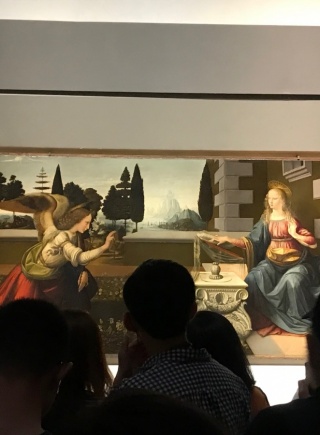 Leonardo Da Vinci at the Uffizi Gallery
Leonardo da Vinci, Tuscan by birth, has spent most of his life traveling around Italy. Many of his masterpieces are therefore scattered in v...
Read More
Leonardo Da Vinci at the Uffizi Gallery
Leonardo da Vinci, Tuscan by birth, has spent most of his life traveling around Italy. Many of his masterpieces are therefore scattered in v...
Read More
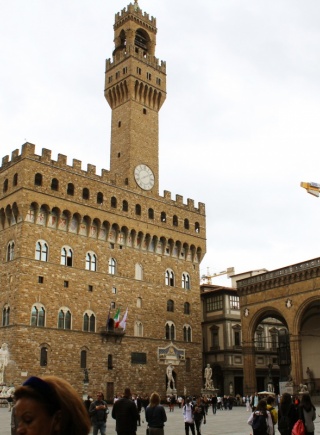 Piazza della Signoria in Florence and the fountain of Neptune
Piazza della Signoria is a real treasure chest of art treasures, in the heart of historic Florence.This famous Florentine square is home fir...
Read More
Piazza della Signoria in Florence and the fountain of Neptune
Piazza della Signoria is a real treasure chest of art treasures, in the heart of historic Florence.This famous Florentine square is home fir...
Read More
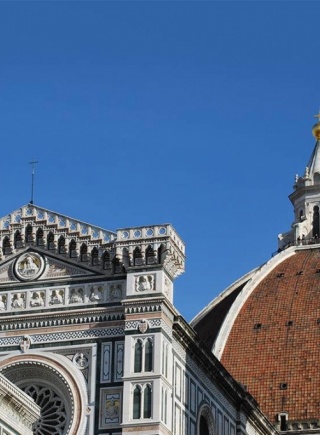 The Duomo of Florence, Santa Maria del Fiore Cathedral
The Cathedral of Santa Maria del Fiore is the fifth largest church in Christianity."Duomo" is a word that derives from the Latin "domus", or...
Read More
The Duomo of Florence, Santa Maria del Fiore Cathedral
The Cathedral of Santa Maria del Fiore is the fifth largest church in Christianity."Duomo" is a word that derives from the Latin "domus", or...
Read More
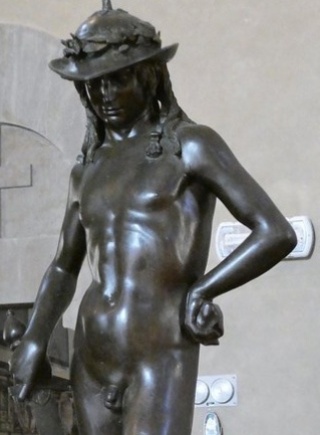 The Bargello Museum and Donatello's David
The Bargello National Museum is one of the most important Italian museums and houses masterpieces by Michelangelo, Ghiberti, Cellini, Giambo...
Read More
The Bargello Museum and Donatello's David
The Bargello National Museum is one of the most important Italian museums and houses masterpieces by Michelangelo, Ghiberti, Cellini, Giambo...
Read More
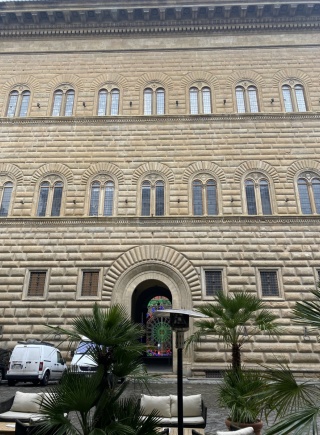 Palazzo Strozzi in Florence a timeless jewel
Palazzo Strozzi has three grandiose identical portals facing Via Tornabuoni and Piazza Strozzi. The palace was commissioned by Filippo Stroz...
Read More
Palazzo Strozzi in Florence a timeless jewel
Palazzo Strozzi has three grandiose identical portals facing Via Tornabuoni and Piazza Strozzi. The palace was commissioned by Filippo Stroz...
Read More
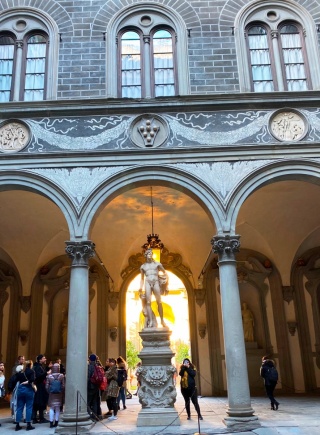 Palazzo Medici Riccardi in Florence the first Medici residence
The Medici Riccardi palace is located in the heart of Florence and is a work created by the architect Michelozzo, commissioned by Cosimo the...
Read More
Palazzo Medici Riccardi in Florence the first Medici residence
The Medici Riccardi palace is located in the heart of Florence and is a work created by the architect Michelozzo, commissioned by Cosimo the...
Read More
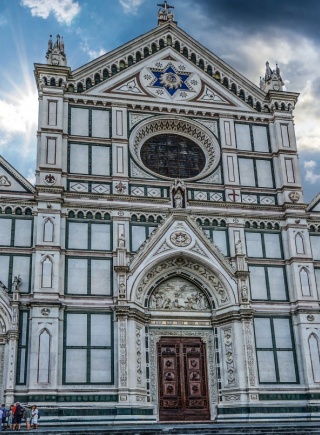 Santa Croce Basilica in Florence
The Santa Croce Basilica is located in the homonymous square in the heart of Florence. It is one of the largest Franciscan churches and undo...
Read More
Santa Croce Basilica in Florence
The Santa Croce Basilica is located in the homonymous square in the heart of Florence. It is one of the largest Franciscan churches and undo...
Read More
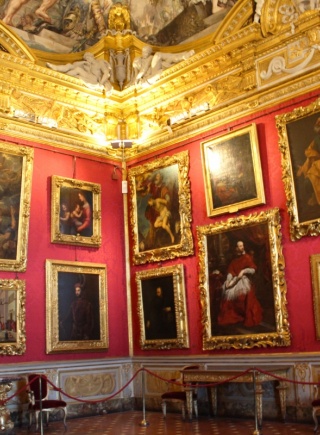 Palazzo Pitti in Florence and the Palatine Gallery
Palazzo Pitti was the palace of the Grand Duchy of Tuscany under the dynasty of the Medici family previously and the Lorraine later.Inside t...
Read More
Palazzo Pitti in Florence and the Palatine Gallery
Palazzo Pitti was the palace of the Grand Duchy of Tuscany under the dynasty of the Medici family previously and the Lorraine later.Inside t...
Read More
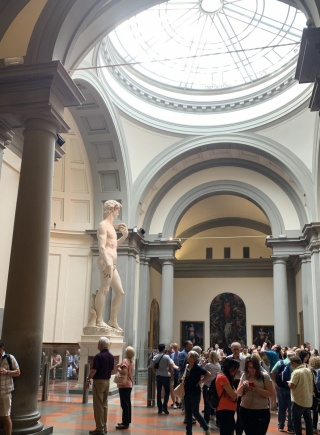 Michelangelo's David at the Academy of Florence
Michelangelo's David is an imposing sculpture in Carrara marble still considered the perfect ideal of a male figure. It is certainly made ar...
Read More
Michelangelo's David at the Academy of Florence
Michelangelo's David is an imposing sculpture in Carrara marble still considered the perfect ideal of a male figure. It is certainly made ar...
Read More
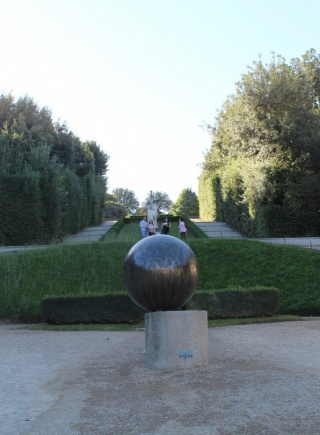 The Boboli Gardens in Florence and its wonders
The Boboli Gardens covers an area of 45,000 square meters on the hill behind Palazzo Pitti and continues down towards Porta Romana, passin...
Read More
The Boboli Gardens in Florence and its wonders
The Boboli Gardens covers an area of 45,000 square meters on the hill behind Palazzo Pitti and continues down towards Porta Romana, passin...
Read More
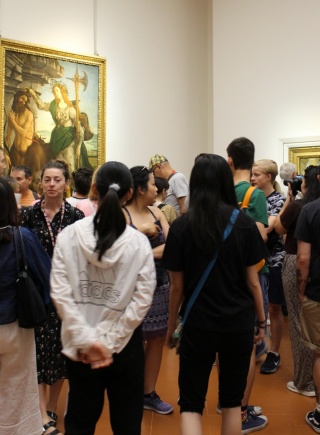 Sandro Botticelli at the Uffizi Gallery of Florence
The Uffizi Gallery is one of the most important museums in the world, but also the Museum of Sandro Botticelli!The Uffizi museum is based in...
Read More
Sandro Botticelli at the Uffizi Gallery of Florence
The Uffizi Gallery is one of the most important museums in the world, but also the Museum of Sandro Botticelli!The Uffizi museum is based in...
Read More
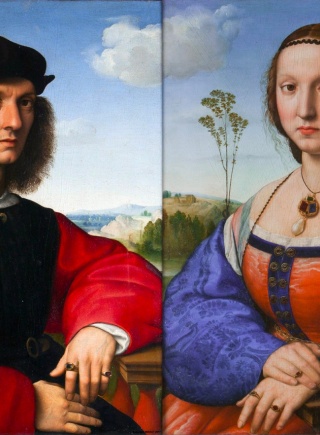 Read More
Read More
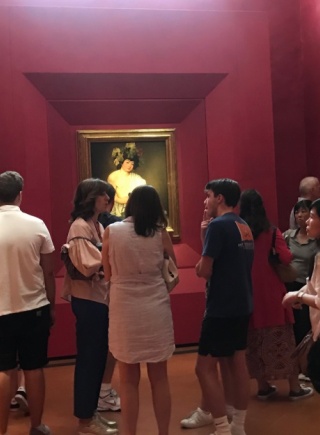 Read More
Read More
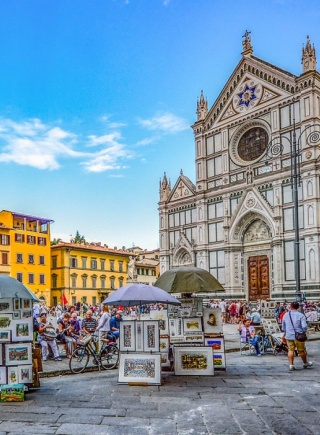 Read More
Read More
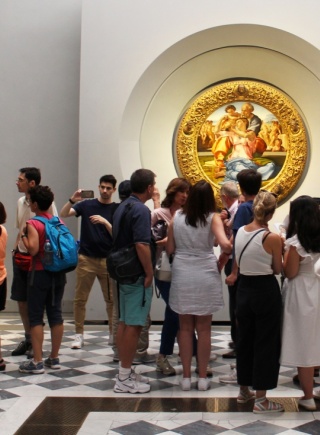 Read More
Read More
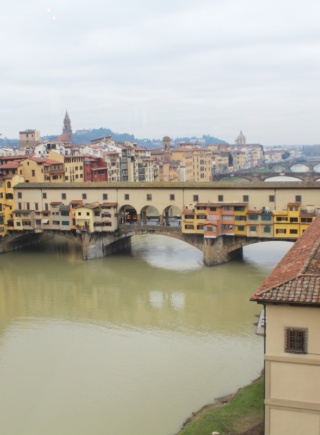 Read More
Read More
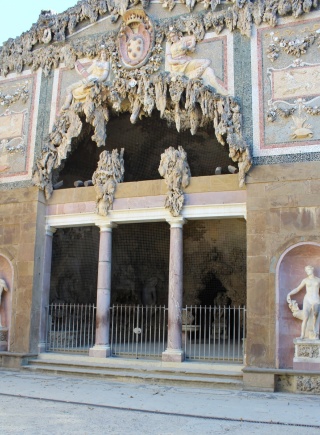 Read More
Read More
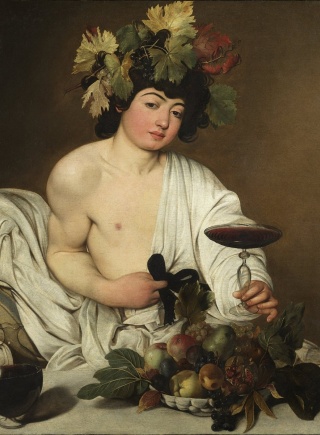 Read More
Read More
The Uffizi Gallery houses the largest collection of paintings from Romanesque period to the 18th century. Nowadays the Uffizi still accommodates famous masterpieces exhibited in chronological order

